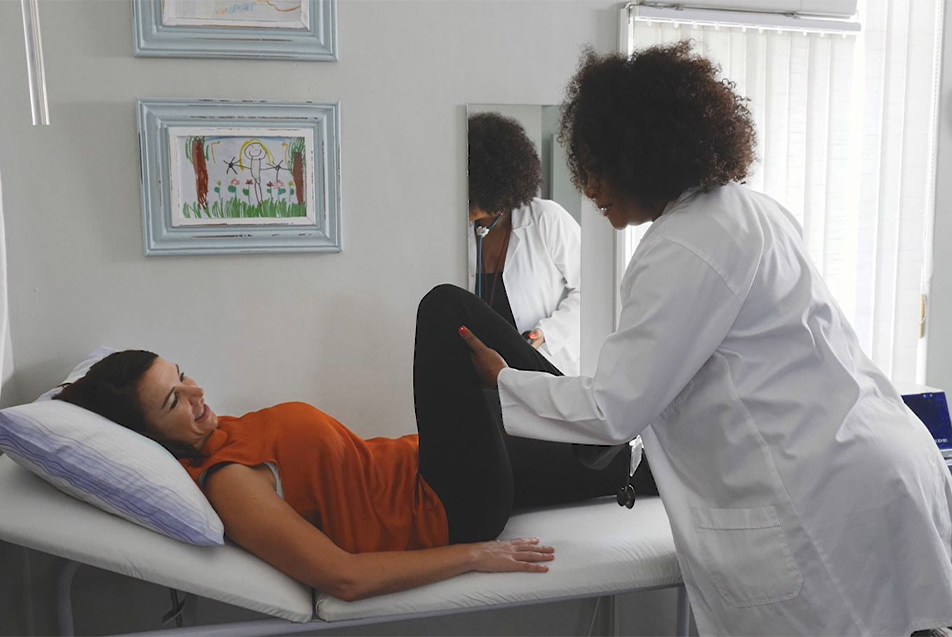This content was provided by Peter Chaille, MD, PPG – Cardiology.
Peripheral artery disease (PAD) is a disease of the blood vessels, not involving the heart, caused by a buildup of plaque in the body’s artery walls causing a lack of oxygen and blood flow primarily to the legs.
Symptoms
While the symptoms of PAD are subtle, they should not be ignored. Unlike a heart attack event, when you know there’s a problem developing, PAD comes on slower. Often people don’t realize they have PAD right away – symptoms manifest over time.
People often first notice that their legs feel tired when they walk. The most common symptom is leg cramping when the patient walks or exerts their body. When they stop, the symptoms get better, only to return when they walk again. Sometimes the condition affects one leg, sometimes both. PAD symptoms are not always specific. In severe cases, the patient might experience numbness, tingling in their legs, and even sores or wounds that are hard to heal.
Diagnosis
There are specific tests a physician can order to make a diagnosis. The most common and simple test is an ankle brachial index (ABI). This involves checking the blood pressure in the arm and the blood pressure in the leg. These two readings should be very similar. If the blood pressure in the leg is lower, that’s a tip off that, somewhere in the circulation, there’s a dam in the river, and the patient is not getting enough circulation to that area.

Risk factors
Everyone should be aware of the symptoms of PAD, but those who smoke and those who have diabetes are at a higher risk. We assume that if there’s a blockage we should fix it, but with PAD that’s not always the case.
Treatment
The best way to treat PAD, first and foremost, is to eliminate risk factors that cause PAD in the first place. This includes, but is not limited to:
- Stop smoking
- Manage diabetes
- Treat high blood pressure
- Treat high cholesterol
Exercise is extremely important. Not only does it help to prevent further progression, it is also the best treatment for symptoms. The more a patient walks, the better the activity is for their circulation. This makes it the best thing you can do outside of managing risk factors.
Patients diagnosed with PAD should seek treatment immediately to avoid something more severe, such as stroke or a heart attack. Millions of people are impacted by this condition and it becomes more common as we age. After age 65, 1 in 5 people will be impacted by PAD. It’s important to know the risk factors so that you can have the discussion with your physician and pursue a diagnosis.



